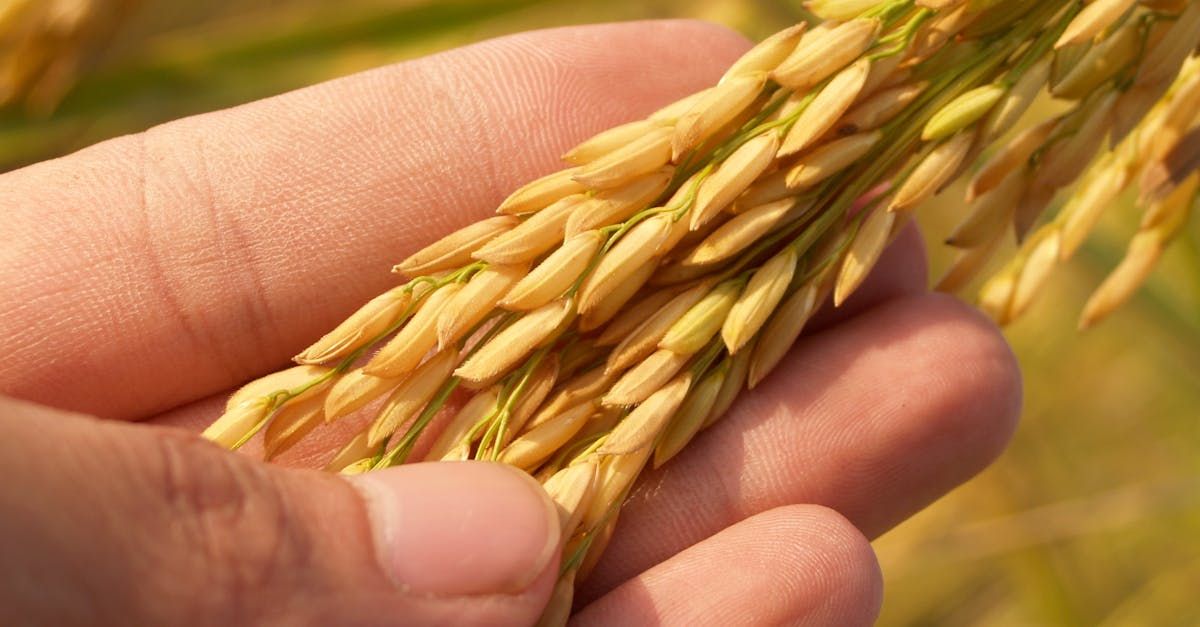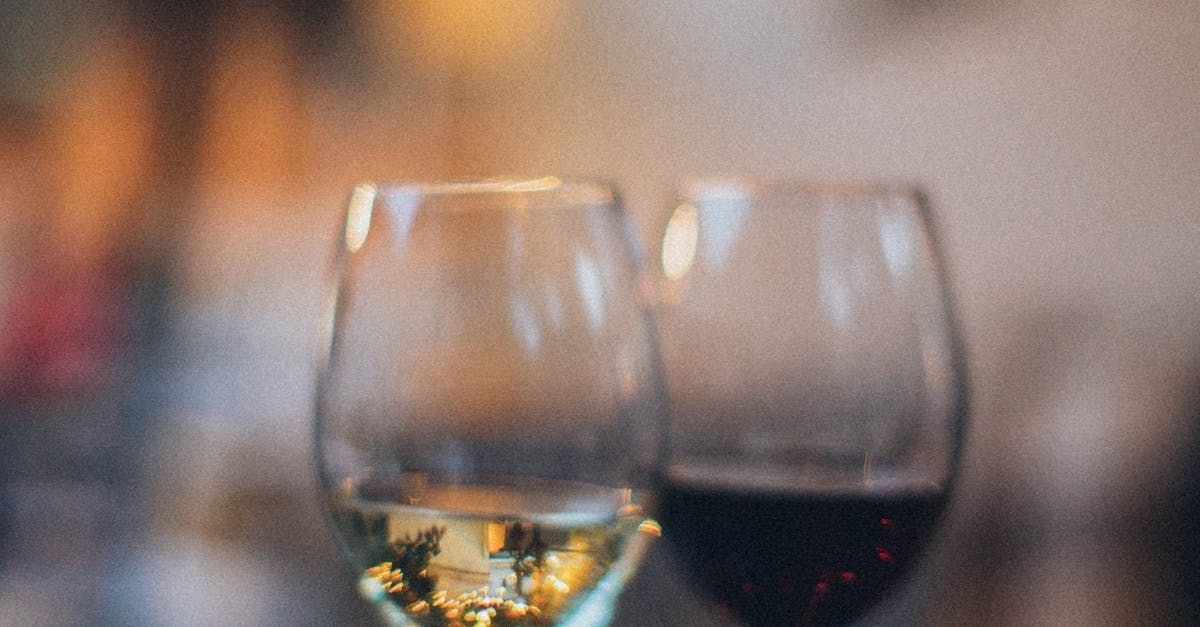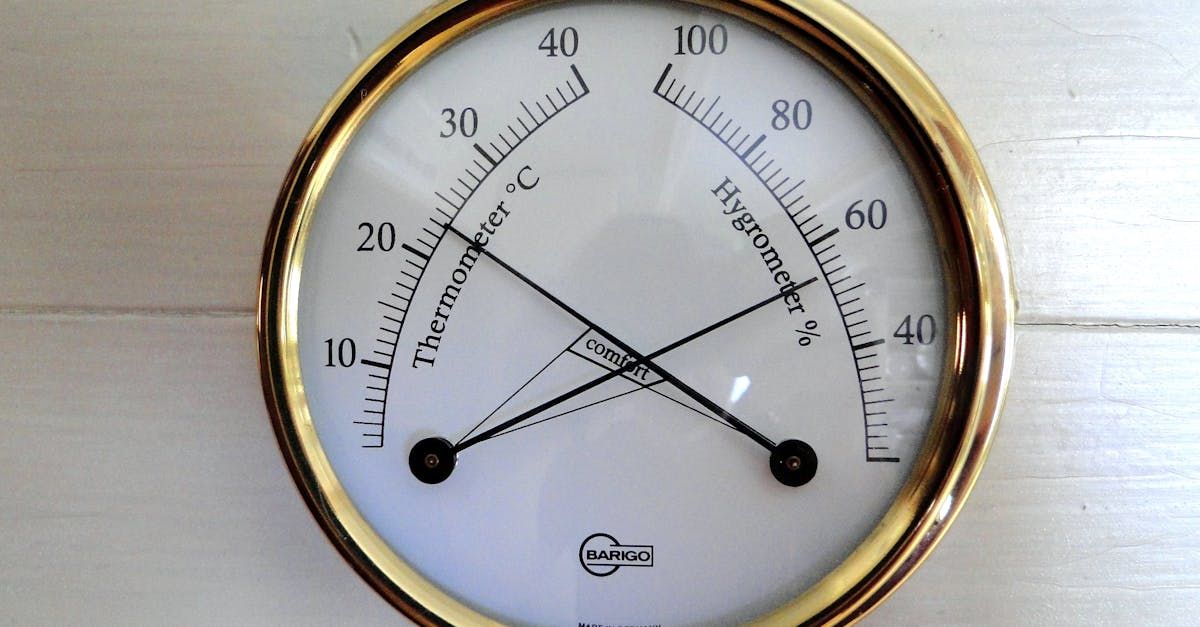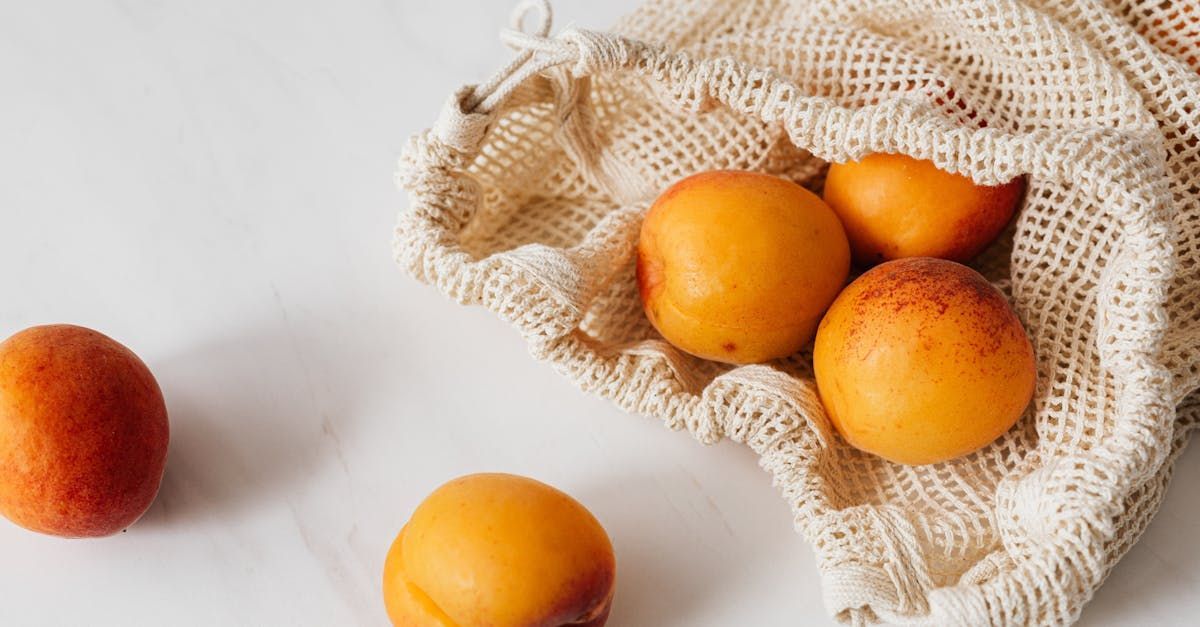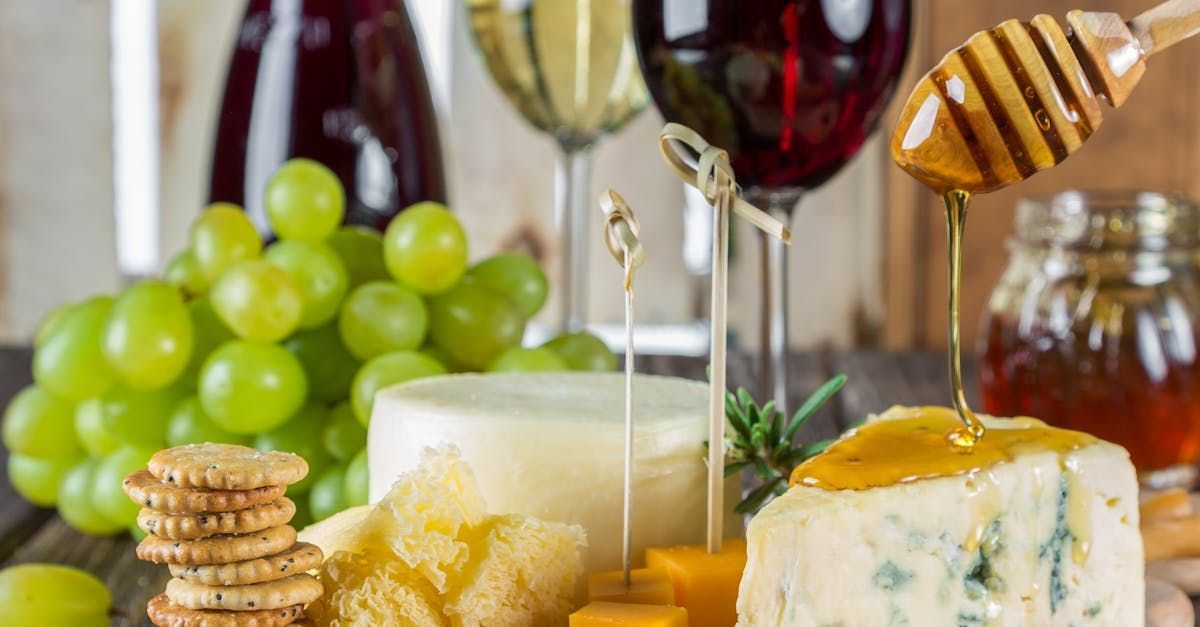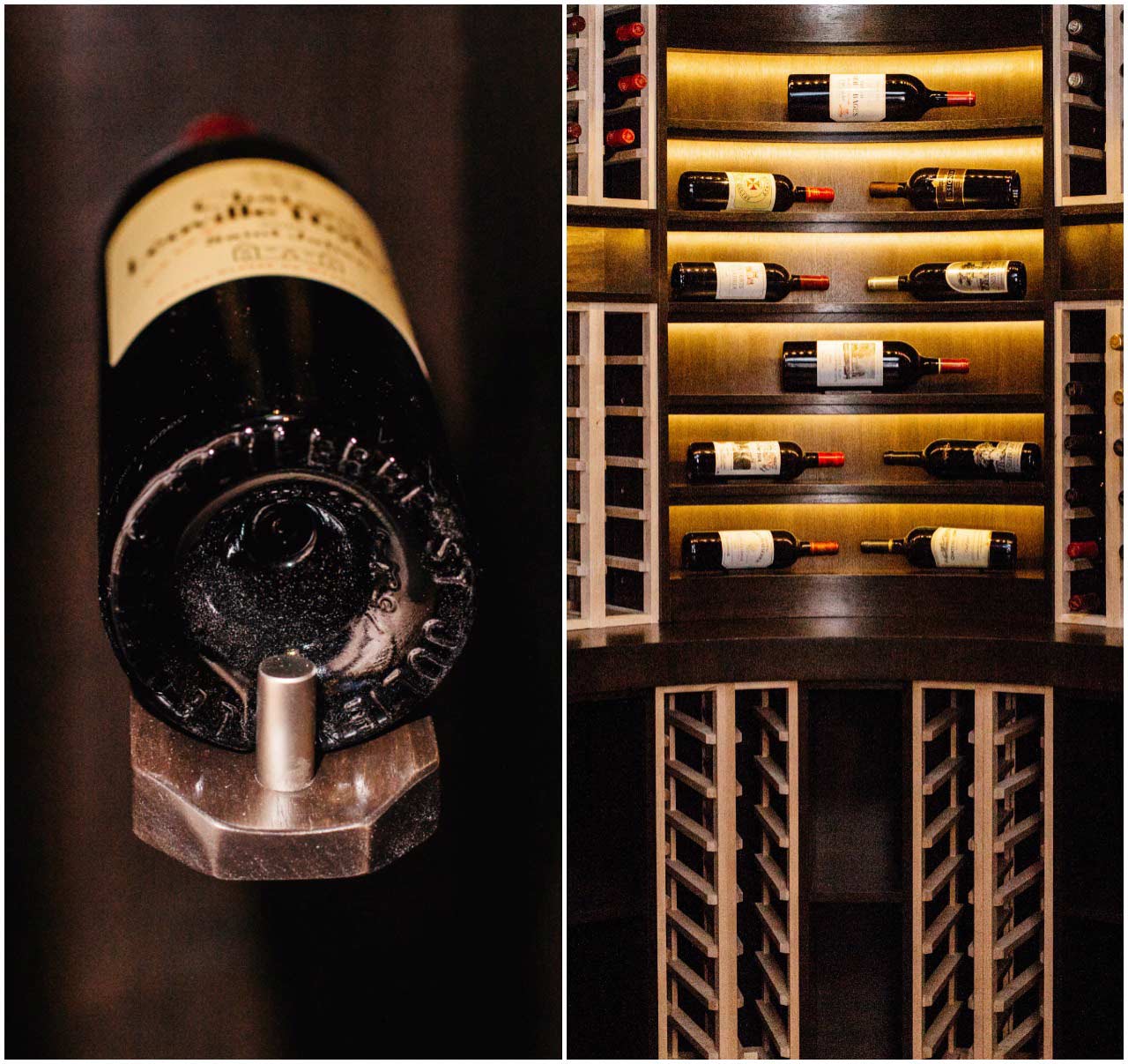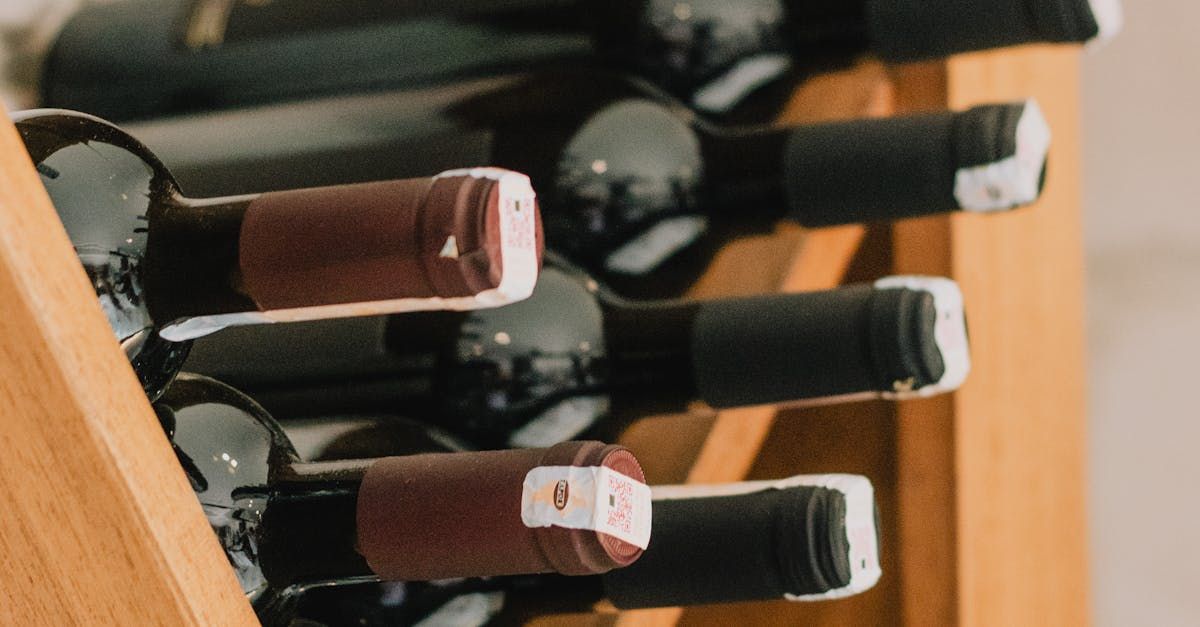WINE SPOILAGE / CAUSES AND PREVENTION
Understanding What Causes Wine to Go Bad and How to Prevent It
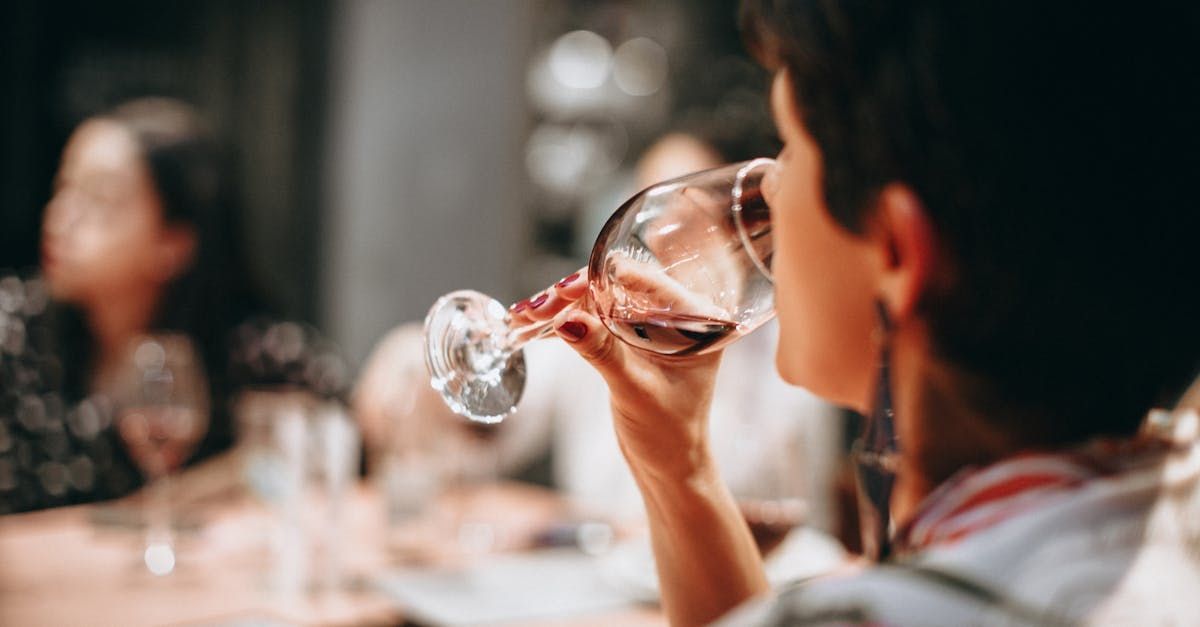
Wine is a beloved beverage enjoyed by many around the world, but unfortunately, it can go bad. Understanding the factors that cause wine to spoil and how to prevent them can help you ensure your wine stays fresh and enjoyable for as long as possible.
Causes of Wine Spoilage
1. Oxidation
- Oxidation is the most common reason wine goes bad. It occurs when wine is exposed to air, leading to chemical reactions that degrade the wine’s quality. Signs of oxidation include a change in color (white wines turning brownish, red wines becoming dull) and off-flavors that taste stale or like vinegar.
2. Microbial Contamination
- Microbial contamination happens when bacteria or yeast grow in the wine, often due to poor sanitation during the winemaking process or improper storage. This can lead to off-putting flavors, smells, and even fizz in wines that aren't supposed to be sparkling.
3. Heat Exposure
- Wine is sensitive to temperature fluctuations. Excessive heat can accelerate the chemical reactions that cause spoilage. Heat can cook the wine, resulting in flavors reminiscent of stewed fruit or prunes.
4. Light Exposure
- Light, particularly UV light, can break down the compounds in wine, leading to what is known as "light strike." This can cause unpleasant flavors and aromas, often described as wet cardboard or cooked cabbage.
5. Cork Taint
- Cork taint, caused by the chemical compound TCA (trichloroanisole), can make wine taste musty or moldy. This can occur if the cork is contaminated, either from the cork itself or from the environment in which the wine was stored.
How to Prevent Wine Spoilage
1. Proper Storage
- Store wine bottles on their sides to keep the cork moist, which helps prevent it from drying out and letting air in. Ensure the storage area is dark, cool (ideally between 45-65°F or 7-18°C), and has a consistent temperature. A wine fridge can be a great investment for maintaining optimal conditions.
2.
Limit Exposure to Air
- Once a bottle is opened, minimize its exposure to air. Use a vacuum pump to remove air from the bottle or transfer the wine to a smaller container to reduce the surface area in contact with air. Consuming the wine within a few days of opening can also help maintain its quality.
3. Control the Environment
- Keep wine away from strong odors, as it can absorb them over time. Avoid storing wine in the kitchen or near chemicals and cleaning supplies.
4. Use Appropriate Lighting
- Store wine in a dark place or use UV-filtering glass if the bottles are kept in a light-exposed area. This helps prevent light strike and the resulting off-flavors.
5. Be Mindful of Temperature
- Avoid storing wine in places that are too warm, such as near a heater or in direct sunlight. Sudden temperature changes can also damage wine, so try to keep the storage environment as stable as possible.
6. Sanitation in Winemaking
- For those making their own wine, ensuring that all equipment is thoroughly sanitized can prevent microbial contamination. Using sulfites can also help protect against unwanted bacteria and yeast.
By understanding these common causes of wine spoilage and implementing preventative measures, you can ensure that your wine remains fresh and enjoyable for as long as possible. Cheers to preserving the quality of your favorite bottles!
